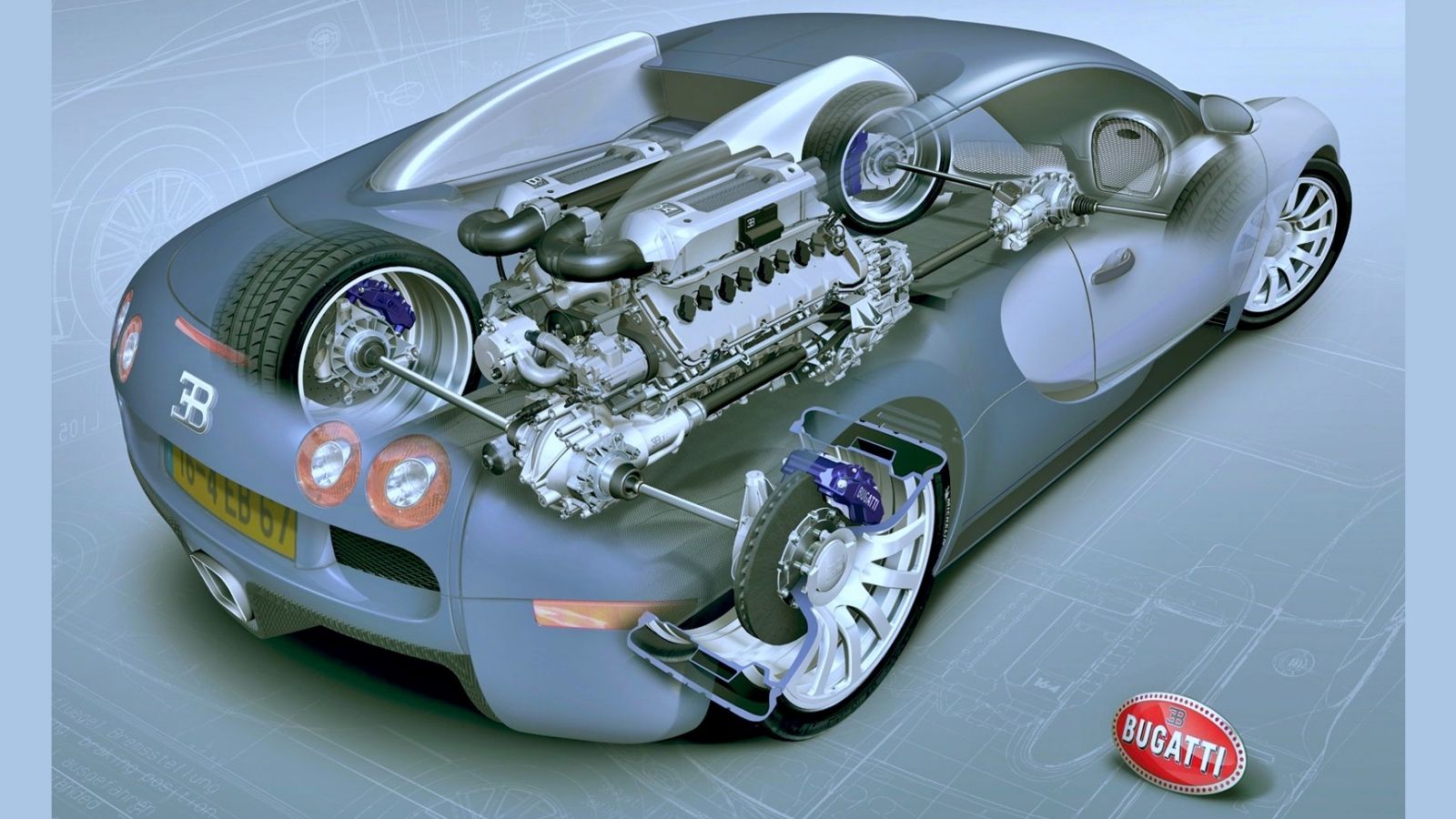The Pursuit for Ultimate Driving Power: Checking Out the Pinnacle of Engine Efficiency and Technological Advancements in the Automotive Market
In the world of automobile engineering, the pursuit of optimum driving power has actually been a relentless quest that has actually unfolded via the advancement of engine layout and the combination of advanced technologies. From the careful workmanship of burning engines to the rapid improvements in electrical propulsion systems, the automotive field stands at the cusp of a new period defined by extraordinary efficiency capacities.
Evolution of Engine Design

Additionally, the integration of turbocharging and turbo charging innovations has actually changed engine layout by boosting power without significantly enhancing engine size. These forced induction systems compress the consumption air, enabling even more gas to be combusted, consequently producing higher power outcome from a smaller engine. This improvement has actually been especially essential in enhancing the performance of smaller variation engines while keeping fuel effectiveness standards.

Performance-Enhancing Gas Technologies
The execution of advanced fuel modern technologies has significantly added to improving engine performance in modern automobiles. Biofuels, derived from eco-friendly resources like corn, sugarcane, or algae, offer decreased discharges and enhanced engine effectiveness. Furthermore, fuel ingredients and cleaning agents are being formulated to tidy engine parts, optimize burning, and lower friction, thus increasing general car efficiency.
Developments in Electric Propulsion
Substantial strides in electrical propulsion modern technology have reinvented the vehicle market, paving the means for a brand-new age of lasting and reliable transport. Electric automobiles (EVs) are obtaining appeal as a result of their ecological advantages and developments in battery innovation, enabling longer driving varieties and shorter billing times. Manufacturers are spending heavily in research study and development to boost the efficiency of electric propulsion systems, focusing on raising power result, boosting power effectiveness, and reducing total weight.
One notable advancement in electric propulsion is the development of advanced electric motors that provide greater torque and power thickness, leading to boosted acceleration and overall driving performance. Furthermore, regenerative braking systems have actually been refined to capture and save energy during deceleration, more increasing the efficiency of EVs.
Additionally, the assimilation of wise innovations, such as expert system and anticipating analytics, is optimizing the administration of electric propulsion systems, making sure optimum efficiency under numerous driving conditions. These developments in electric propulsion are improving the automobile landscape, driving the sector towards a much more sustainable and amazed future.
Impact of Computational Liquid Characteristics
With developments in electrical propulsion pushing the limits of automotive innovation, the combination of Computational Liquid Characteristics is playing a pivotal duty in optimizing wind resistant efficiency and enhancing general efficiency in vehicle style. Computational Fluid Dynamics (CFD) includes using computer simulations to examine the circulation of air around a vehicle, enabling designers to predict just how design adjustments will certainly impact aerodynamics without the demand for costly physical models. By precisely modeling airflow patterns, CFD permits the improvement of vehicle shapes to minimize drag, enhance air conditioning, and boost stability.
CFD makes it possible for designers to maximize air flow around components such as radiators, engine bays, and wheel wells, adding to boosted performance and general driving experience. In final thought, the assimilation of Computational Fluid Characteristics stands for a significant action onward in the pursuit for best driving power and effectiveness in the site here vehicle market.
Future Fads in Engine Advancement
In the dynamic landscape of auto engineering, sophisticated advancements are forming the future trajectory of engine technology. The future of engine design is noted by a strong focus on sustainability, performance, and performance. Manufacturers are increasingly concentrating on establishing engines that not just provide high power outcomes however likewise focus on ecological obligation by boosting and decreasing discharges fuel effectiveness.
One popular pattern in engine technology is the surge of electrification. Crossbreed and electric powertrains are gaining grip as viable options to standard burning engines. These modern technologies supply the capacity for substantial decreases in carbon discharges and increased power effectiveness, lining up with international initiatives to battle environment adjustment.
In addition, advancements in materials scientific research and manufacturing methods are allowing the manufacturing of lighter and extra resilient engine elements. This change in the direction of light-weight materials such as carbon fiber and aluminum alloys adds to boosted efficiency and gas economic situation.
Conclusion
To conclude, the quest of supreme driving power in the auto market continues to drive improvements in engine layout, fuel technologies, electrical propulsion, and computational liquid characteristics. The advancement of these the original source innovations is shaping the future of engine innovation, leading the way for more effective and efficient vehicles (engines for africa). As the sector remains to push the boundaries of what is feasible, we can anticipate to see a lot more revolutionary growths in the mission for peak efficiency
One of the vital landmarks in engine style advancement is the shift from standard carbureted engines to contemporary fuel-injected systems. By exactly metering the gas distribution to each cylinder, fuel-injected engines enhance burning, resulting in much better efficiency and decreased environmental influence.
Moreover, the assimilation of turbocharging and turbo charging modern technologies has changed engine style by boosting power without dramatically enhancing engine dimension (engines for africa).The implementation of advanced fuel modern technologies has actually dramatically added to boosting engine performance in our website contemporary automobiles. Additionally, gas additives and cleaning agents are being developed to clean engine components, maximize burning, and reduce friction, thus boosting total car efficiency